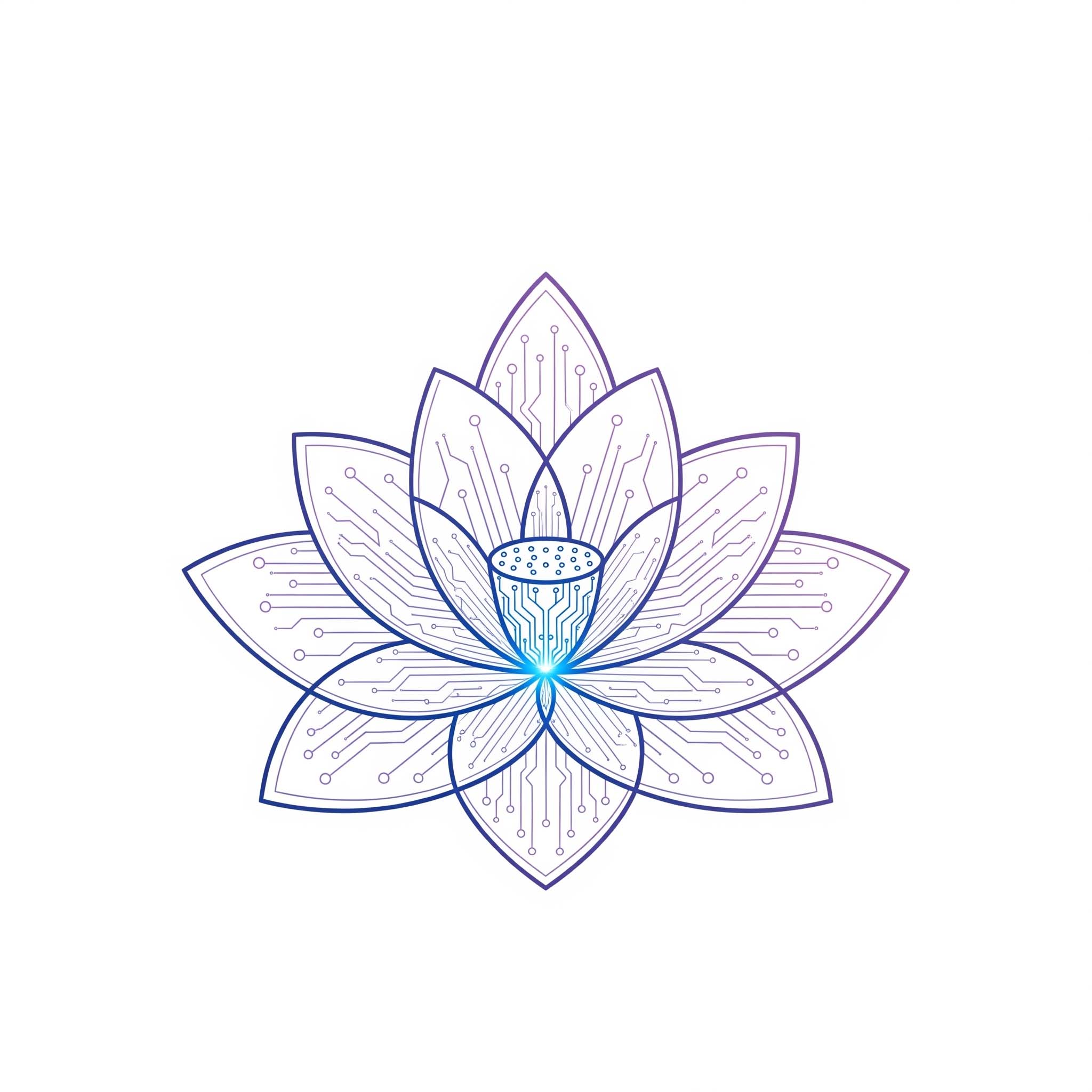Introduction: The Science of Inner Transformation
Meditation in Sanatan Dharma represents a sophisticated science of consciousness transformation refined over thousands of years. These practices recognize that the mind, when properly directed, becomes a powerful tool for spiritual growth and self-realization.
Scientific Validation: Modern neuroscience confirms benefits including increased gray matter density, improved emotional regulation, enhanced focus, and reduced stress hormones.
1. Mantra Meditation (Japa Dhyana)

The Power of Sacred Sound
Mantra meditation involves repetition of sacred sounds. "Mantra" means "that which frees the mind," harnessing vibrational power to purify consciousness.
How to Practice:
- Choose a mantra: "Om," "So Hum," or "Om Namah Shivaya"
- Sit comfortably with spine erect
- Repeat mentally or softly aloud
- Use mala beads for counting (108 repetitions)
- Return to mantra when mind wanders
Benefits: Calms nervous system, improves concentration, purifies energy channels, connects with universal consciousness.
2. Breath Awareness Meditation (Pranayama Dhyana)

The Bridge Between Body and Mind
Pranayama involves conscious control of breathing patterns to influence mental states and energy flow.
Anulom Vilom (Alternate Nostril Breathing):
- Use right thumb to close right nostril
- Inhale through left nostril (4 counts)
- Close both nostrils, hold breath (16 counts)
- Exhale through right nostril (8 counts)
- Reverse the process
Benefits: Balances nervous system, increases oxygen supply, harmonizes brain hemispheres.
3. Trataka (Candle Gazing Meditation)

Purifying the Mind Through Focused Gazing
Trataka involves gazing at a fixed point, traditionally a candle flame, to develop concentration and purify the mind.
Practice Steps:
- Place candle 3-4 feet away at eye level
- Gaze at flame without blinking (1-3 minutes)
- Close eyes and visualize flame at third eye
- Hold mental image as long as possible
- Repeat cycle 3-5 times
Benefits: Develops concentration, improves memory, cleanses mental impressions, awakens inner vision.
4. Walking Meditation (Kinhin)

Meditation in Movement
Walking meditation transforms ordinary walking into spiritual practice, ideal for those who find sitting meditation challenging.
Practice:
- Choose quiet path 10-20 steps long
- Walk much slower than normal
- Feel each part of foot touching ground
- Coordinate steps with breathing
- Turn mindfully at path end
Benefits: Integrates meditation with daily life, improves body awareness, develops present-moment consciousness.
5. Body Scan Meditation (Yoga Nidra)

The Practice of Conscious Sleep
Yoga Nidra is conscious deep sleep where the body relaxes completely while awareness remains present.
Steps:
- Lie in Savasana pose
- Set positive intention
- Systematically relax body parts from toes to head
- Observe natural breathing
- Follow guided imagery
- Slowly return awareness to surroundings
Benefits: Deep relaxation, reduces stress, improves sleep quality, accesses subconscious healing.
6. Loving-Kindness Meditation (Metta Bhavana)

Cultivating Universal Love
Metta develops unconditional love and compassion, dissolving barriers between self and others.
Sequence:
- Self: "May I be happy, healthy, at peace"
- Loved ones: Extend feelings to family and friends
- Neutral people: Include strangers
- Difficult people: Send love to challengers
- All beings: "May all beings be happy and free"
Benefits: Develops emotional intelligence, heals wounds, reduces anger, cultivates global consciousness.
7. Witnessing Meditation (Sakshi Bhava)

The Ultimate Practice of Self-Realization
Sakshi Bhava involves witnessing thoughts, emotions, and sensations without identification, leading to recognition of true nature as pure awareness.
Practice:
- Sit quietly and become still
- Observe thoughts without engaging
- Notice emotions without being affected
- Witness body sensations objectively
- Ask "Who is witnessing?" Discover the watcher
- Rest as pure consciousness
Benefits: Leads to self-realization, transcends suffering, develops unshakeable peace, reveals spiritual nature.
Creating Your Personal Practice
Choosing the Right Technique
- Active Mind: Mantra or Trataka
- Emotional Nature: Loving-Kindness
- Physical Restlessness: Walking meditation
- Analytical Mind: Witnessing meditation
- Stress: Yoga Nidra
Daily Practice Schedule
- Morning (20-30 min): Main meditation
- Midday (5-10 min): Brief centering
- Evening (15-20 min): Relaxation practice
Conclusion
These seven meditation techniques offer gateways to infinite potential within consciousness. Each provides a unique approach to realizing our true nature as pure awareness, love, and bliss. Practice consistently, be patient with yourself, and allow these time-tested methods to naturally transform your life.
"Meditation is not about stopping thoughts—it's about entering the quiet that's already there, beneath the mental chatter."- Ancient Wisdom
